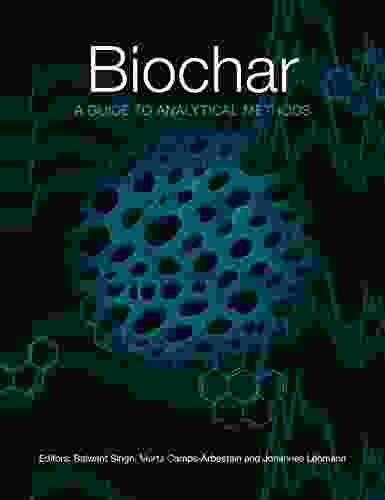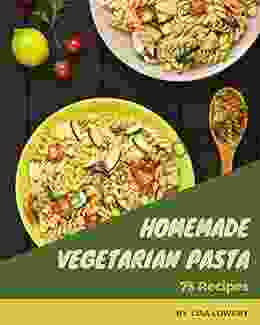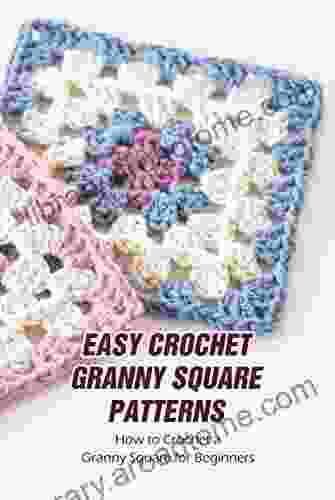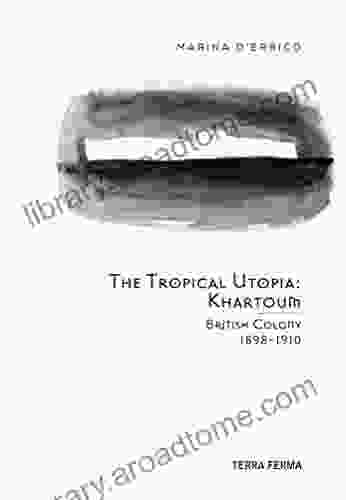Biochar Guide To Analytical Methods: Unveiling the Secrets of Biomass-Derived Carbon

Biochar, a carbon-rich material derived from the pyrolysis or gasification of biomass, has emerged as a promising tool in soil amendment, carbon sequestration, and environmental remediation. Its unique properties, such as high porosity, surface area, and ability to adsorb and retain nutrients, make it an effective soil enhancer and a potential solution to environmental challenges.
5 out of 5
| Language | : | English |
| File size | : | 11569 KB |
| Text-to-Speech | : | Enabled |
| Screen Reader | : | Supported |
| Enhanced typesetting | : | Enabled |
| Print length | : | 321 pages |
However, the efficacy and environmental impact of biochar depend on its physical and chemical characteristics, which vary based on the feedstock, pyrolysis conditions, and post-production treatments. To fully understand and harness the potential of biochar, it is essential to employ robust analytical methods for its characterization and quantification.
A Comprehensive Guide to Biochar Analytical Methods
This comprehensive guide provides an in-depth overview of the analytical methods used to characterize biochar, covering a wide range of techniques from elemental analysis to advanced spectroscopic and imaging techniques. Each method is thoroughly described, along with its principles, applications, and limitations.
Elemental Analysis
Elemental analysis determines the elemental composition of biochar, including its carbon, hydrogen, nitrogen, sulfur, and oxygen content. This information is crucial for understanding the feedstock source, pyrolysis conditions, and potential environmental impact.
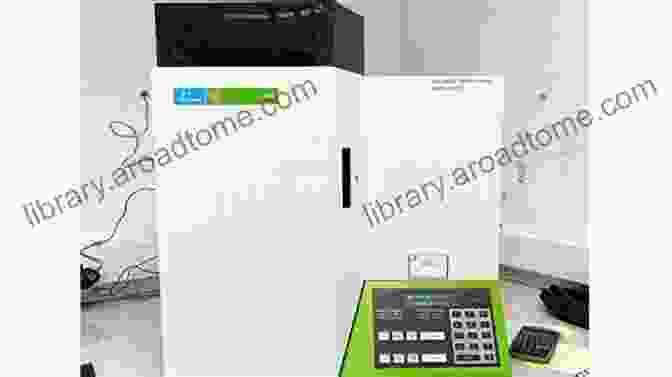
Proximate Analysis
Proximate analysis involves a series of simple tests to assess the moisture content, ash content, volatile matter, and fixed carbon content of biochar. These parameters provide insights into the thermal stability, combustion characteristics, and potential applications of biochar.
Surface Area and Porosity Analysis
Biochar's high surface area and porosity are key factors in its ability to adsorb nutrients and pollutants. Surface area and porosity can be measured using techniques such as Brunauer-Emmett-Teller (BET) nitrogen adsorption and mercury intrusion porosimetry.

Fourier Transform Infrared Spectroscopy (FTIR)
FTIR spectroscopy analyzes the functional groups present on the surface of biochar. By identifying specific functional groups, FTIR provides insights into the chemical structure and surface chemistry of biochar, which is crucial for understanding its reactivity and interaction with the environment.
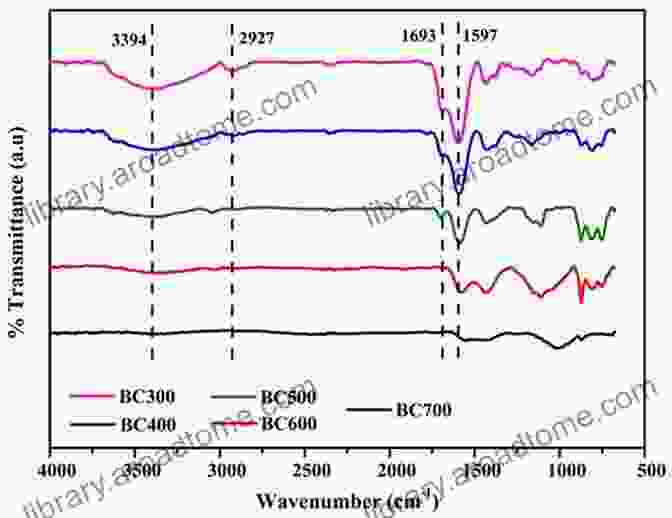
X-ray Diffraction (XRD)
XRD is a technique used to identify and characterize the crystalline phases present in biochar. By analyzing the diffraction patterns, XRD provides information about the mineral composition, crystallinity, and particle size of biochar.
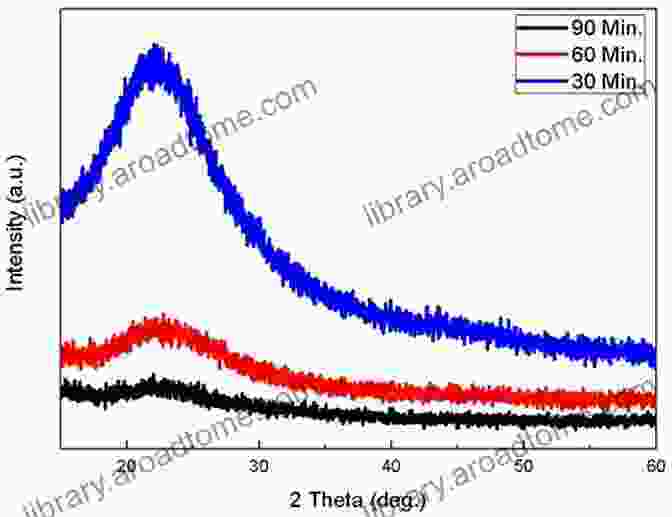
Scanning Electron Microscopy (SEM)
SEM is a high-resolution imaging technique that provides detailed information about the surface morphology and microstructure of biochar. SEM images reveal the shape, size, and distribution of pores, particles, and other surface features.
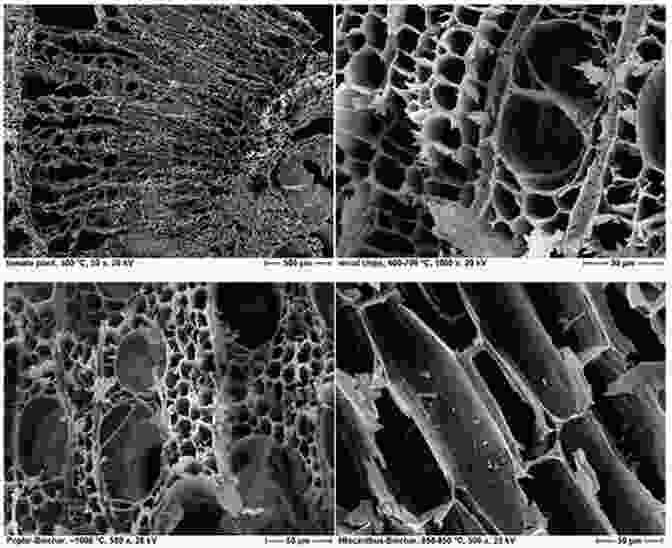
Mass Spectrometry (MS)
MS is a powerful technique used to identify and quantify organic compounds present in biochar. By analyzing the mass-to-charge ratios of ions, MS can provide information about the molecular composition and thermal degradation products of biochar.
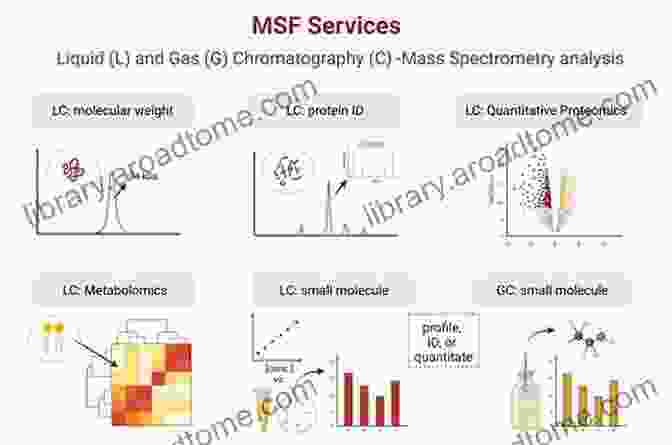
Applications of Biochar Analytical Methods
The analytical methods described in this guide play a crucial role in various applications related to biochar:
- Soil Amendment: Characterizing biochar properties helps optimize its application as a soil amendment, ensuring proper nutrient retention and soil health improvement.
- Carbon Sequestration: Biochar's carbon content and stability can be quantified using these methods, facilitating the accurate assessment of its potential for carbon sequestration and climate change mitigation.
- Environmental Remediation: Analyzing biochar's surface chemistry and adsorption capacity is essential for understanding its effectiveness in removing pollutants from soil and water.
- Feedstock Characterization: These methods help identify suitable feedstocks for biochar production and assess the impact of feedstock variability on biochar properties.
The analytical methods outlined in this guide provide a comprehensive toolkit for characterizing and quantifying biochar, enabling a thorough understanding of its physicochemical properties and unlocking its full potential in soil amendment, carbon sequestration, and environmental remediation. By embracing these analytical techniques, researchers, industry professionals, and environmentalists can advance the field of biochar science and harness its transformative power for a more sustainable future.
5 out of 5
| Language | : | English |
| File size | : | 11569 KB |
| Text-to-Speech | : | Enabled |
| Screen Reader | : | Supported |
| Enhanced typesetting | : | Enabled |
| Print length | : | 321 pages |
Do you want to contribute by writing guest posts on this blog?
Please contact us and send us a resume of previous articles that you have written.
Light bulbAdvertise smarter! Our strategic ad space ensures maximum exposure. Reserve your spot today!

 Evan SimmonsHousing and the Shape of Aspiration in the Capital of Mozambique: Maputo, New...
Evan SimmonsHousing and the Shape of Aspiration in the Capital of Mozambique: Maputo, New... Marcel ProustFollow ·18.1k
Marcel ProustFollow ·18.1k VoltaireFollow ·17.7k
VoltaireFollow ·17.7k James JoyceFollow ·16.3k
James JoyceFollow ·16.3k Mitch FosterFollow ·10.6k
Mitch FosterFollow ·10.6k Abe MitchellFollow ·7.7k
Abe MitchellFollow ·7.7k Jeffrey CoxFollow ·14.3k
Jeffrey CoxFollow ·14.3k John MiltonFollow ·17.2k
John MiltonFollow ·17.2k Gus HayesFollow ·13.7k
Gus HayesFollow ·13.7k

 Lord Byron
Lord ByronHow to Be Creative in Textile Art: A Comprehensive Guide...
Textile art is a...

 Kenneth Parker
Kenneth ParkerMaster the Art of Grilling with "The BBQ Sauces Cookbook"
Are you tired of the same old...
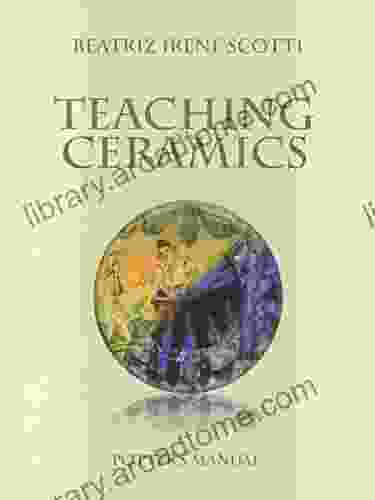
 Jerome Blair
Jerome BlairTeaching Ceramics Potter Manual: Unlock Your Inner Artist...
Imagine the satisfaction of crafting exquisite...

 Paulo Coelho
Paulo CoelhoLiberating Yourself From Lyme: A Comprehensive Guide to...
What is Lyme...

 Banana Yoshimoto
Banana YoshimotoInspiring Art Explorations: Unleashing Creativity in...
Prepare to be inspired...
5 out of 5
| Language | : | English |
| File size | : | 11569 KB |
| Text-to-Speech | : | Enabled |
| Screen Reader | : | Supported |
| Enhanced typesetting | : | Enabled |
| Print length | : | 321 pages |


